Annular region
(400 x 400)
Log-likelihood vs. num. of component densities
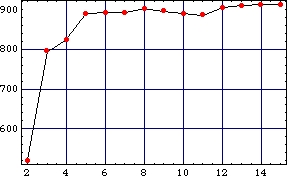
|

(high-quality, quicktime, 1 Mb)
|

(lower-quality, mpeg, 880 kb)
|
Anti-annular region
(400 x 400)
Log-likelihood vs. num. of component densities
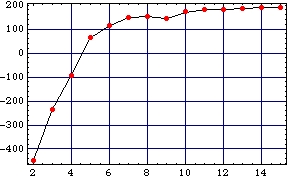
|
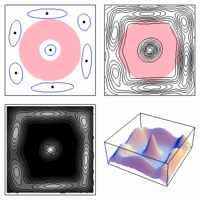
(high-quality, quicktime, 1.2 Mb)
|

(lower-quality, mpeg, 1 Mb)
|
E-shaped polygonal region
(400 x 400)
Log-likelihood vs. num. of component densities
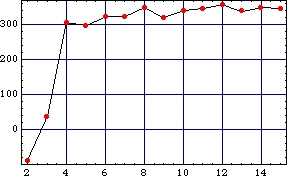
|
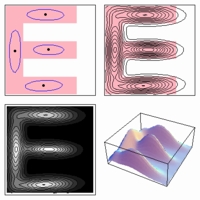
(high-quality, quicktime, 1 Mb)
|

(lower-quality, mpeg, 1 Mb)
|
Anti E-shaped polygonal region
(400 x 400)
Log-likelihood vs. num. of component densities
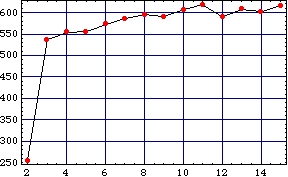
|
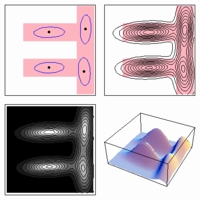
(high-quality, quicktime, 1 Mb)
|

(lower-quality, mpeg, 948 kb)
|